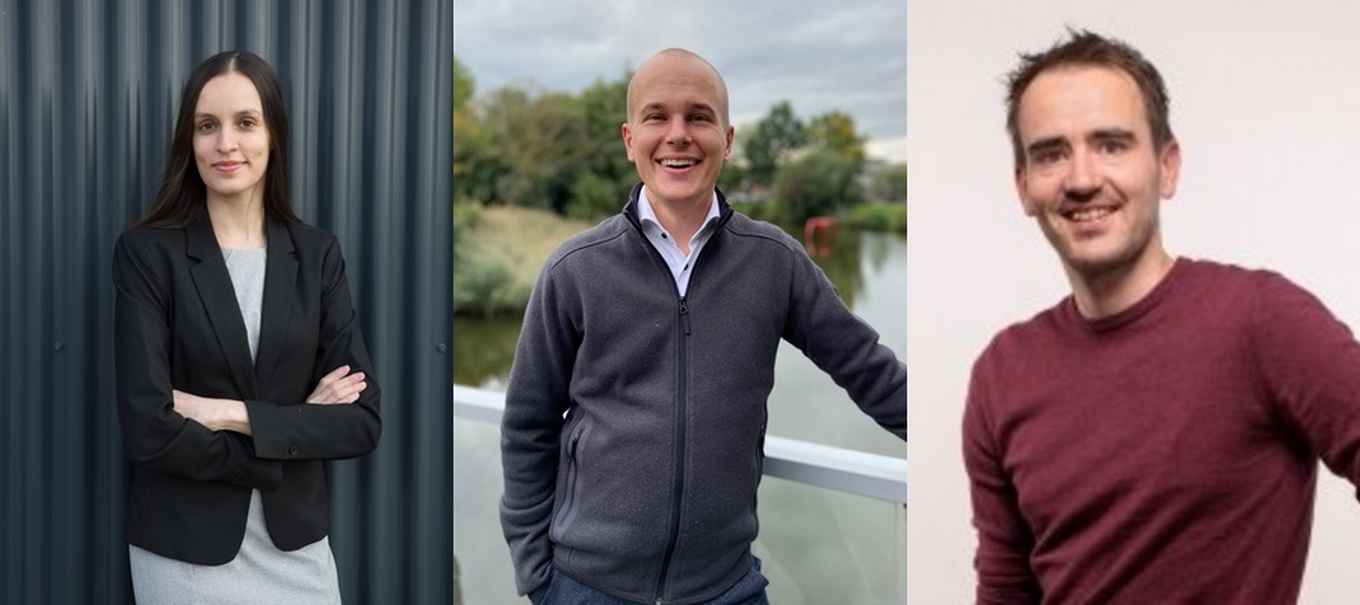Vidi grants awarded to three IoP physicists
14 July 2021

The Vidi grant is aimed at experienced researchers who have succesfully performed research for a number of years since obtaining their PhDs. The grant allows the researchers to deveop their own innovative line of research over a period of five years. This year, NWO received 402 grant applications, of which 78 were awarded.
On the trail of new particles
Flavia de Almeida Dias’ Vidi proposal aims to discover new fundamental particles. We still don’t know everything about the particles and forces that define our universe. Experiments at the Large Hadron Collider could provide answers and reveal new physical principles. In De Almeida Dias’ project, the researchers will develop an innovative analysis to investigate if there are yet-undiscovered new particles hidden deep in the data.
Steering light with a single layer of atoms
Can light fields be manipulated with a single layer of atoms? Optical lenses and filters are heavy, bulky, and have a fixed functionality. By leveraging unique quantum mechanical effects in layered semiconducting materials, Jorik van de Groep and his research team will aim to develop light-weight and atomically-thin optical coatings that can steer light dynamically.
The Little Neutral Particle that Could
Many questions remain about the matter in our Universe. Scientists do not know what dark matter is, where all the antimatter went, or how neutrinos acquire their masses. In Jordy de Vries’ research project, his research group will determine whether new neutrinos can solve these puzzles and how to reveal their existence experimentally.